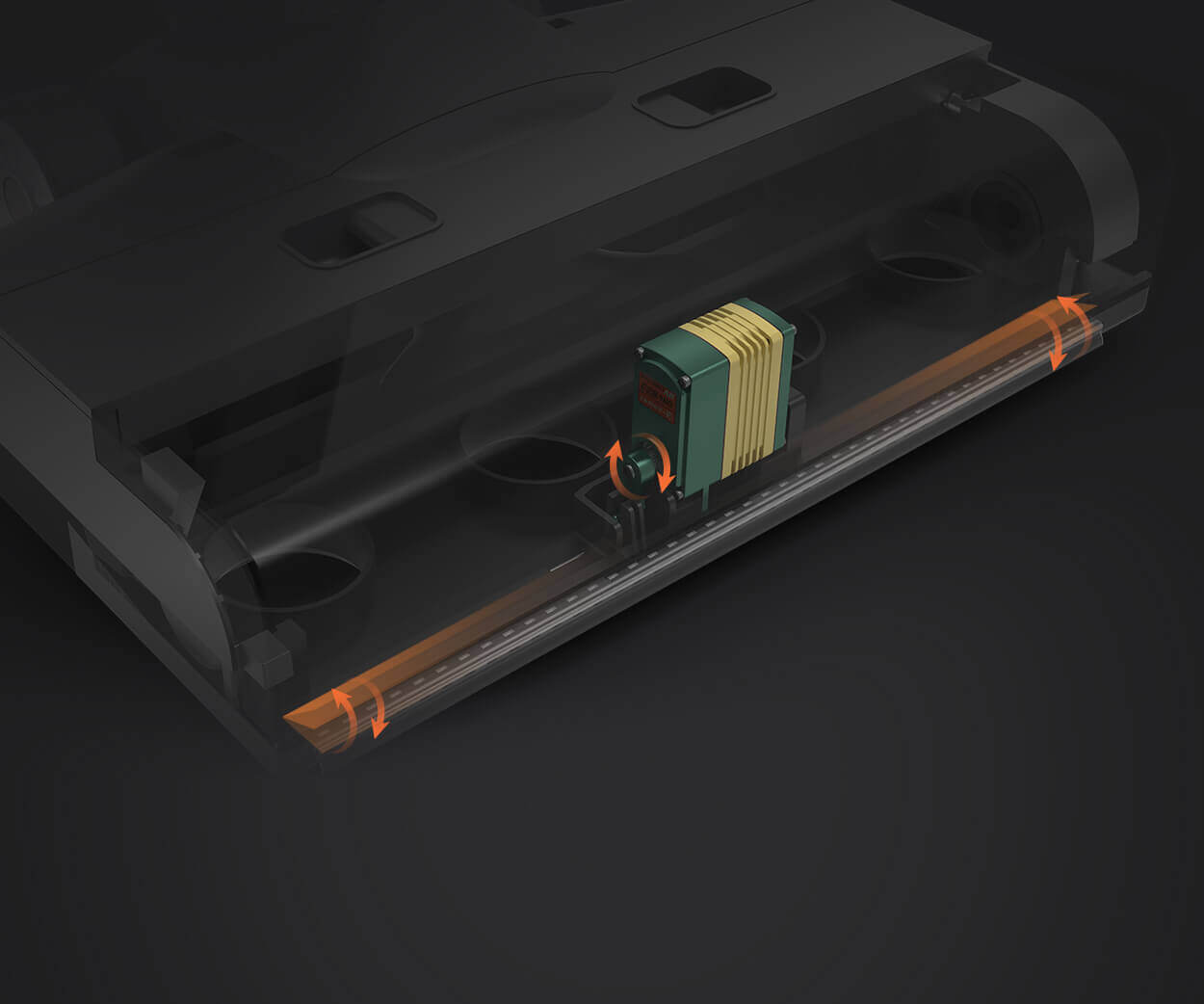Alright, let's dive into attaching a micro servo bracket. Honestly, it’s one of those small but satisfying tasks that can make or break your project’s stability. Think about it—if your servo isn’t mounted just right, it’s like trying to fit a square peg into a round hole. Luckily, with a few tips and tricks, you’ll have your setup secure and ready to roll.

First off, choosing the right bracket is step one. Micro servo brackets come in all shapes and sizes, but picking one that fits snugly without forcing is key. If the bracket’s too loose, vibrations or jolts might shake things apart. Too tight, and you risk stressing the servo’s tiny gears. Look for a bracket made from durable yet lightweight material—something sturdy enough to hold the servo in place but not adding unnecessary weight.
When it comes to attachment, screws are your best friends. But here’s a little secret: not all screws are created equal. Using the right length is vital—something too long can punch through the bracket or damage internal components, while too short might not secure the servo properly. Small machine screws, paired with washers, spread out the force so everything stays aligned.
Now, about the actual attaching process—think about the placement first. It’s tempting to just bolt everything down immediately, but a game-changer is to hold the servo in position before tightening. That way, you avoid misalignment or skewed angles that could spell trouble down the line. Use a gentle touch on the screws, tightening incrementally in a criss-cross pattern. It’s like when you’re tightening lug nuts on a wheel—patience keeps everything even.
Here's a question that pops up often: "Can I attach the servo directly to any surface?" Well, it depends. Vibration-dampening mounts can help if you’re working in a crazy environment; otherwise, a clean, flat surface with enough space around the servo helps keep things stable. Sometimes, a small rubber pad under the bracket reduces vibrations and noise. Little tricks, big difference.
Ever run into a situation where the servo’s movement feels stiff? That might mean the bracket’s holding it too tight or the screws aren’t aligned correctly. Loosen slightly, readjust, and tighten again. The goal here isn’t just a tight fit—it’s a balanced fit that allows smooth movement.
And let’s not forget cable management. Secure those wires so they don’t tug or pull on the servo. A zip tie or clip can be the difference between a neat, reliable setup and one that’s a tangled mess waiting to happen.
So, in a nutshell, attaching a micro servo bracket isn’t about brute force. It’s about precision, patience, and choosing the right hardware. Once you get this step down, your robot or drone will thank you with smoother operations and fewer hiccups down the road. Think of it as a small puzzle—getting each piece just right can elevate your entire project.
Leveraging innovations in modular drive technology, Kpower integrates high-performance motors, precision reducers, and multi-protocol control systems to provide efficient and customized smart drive system solutions.




































